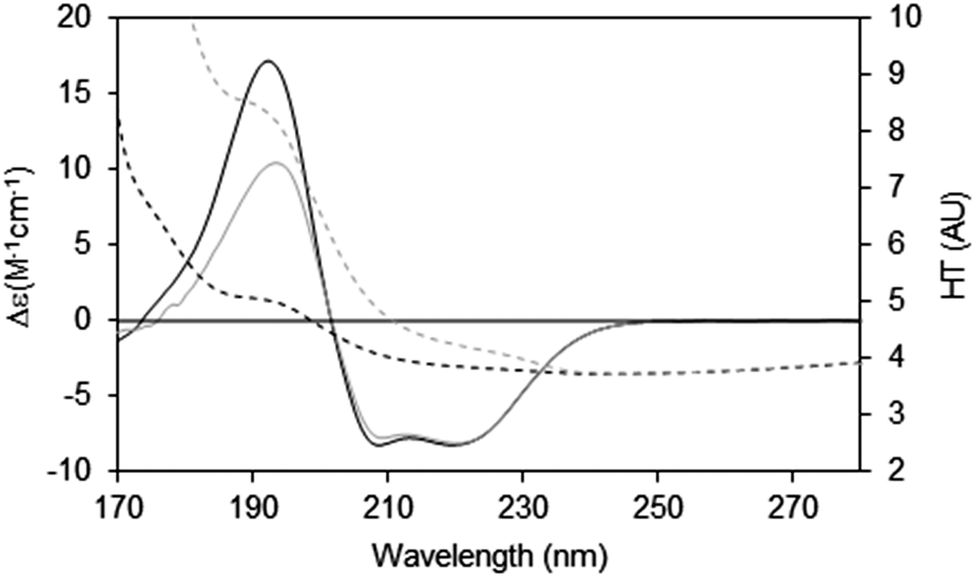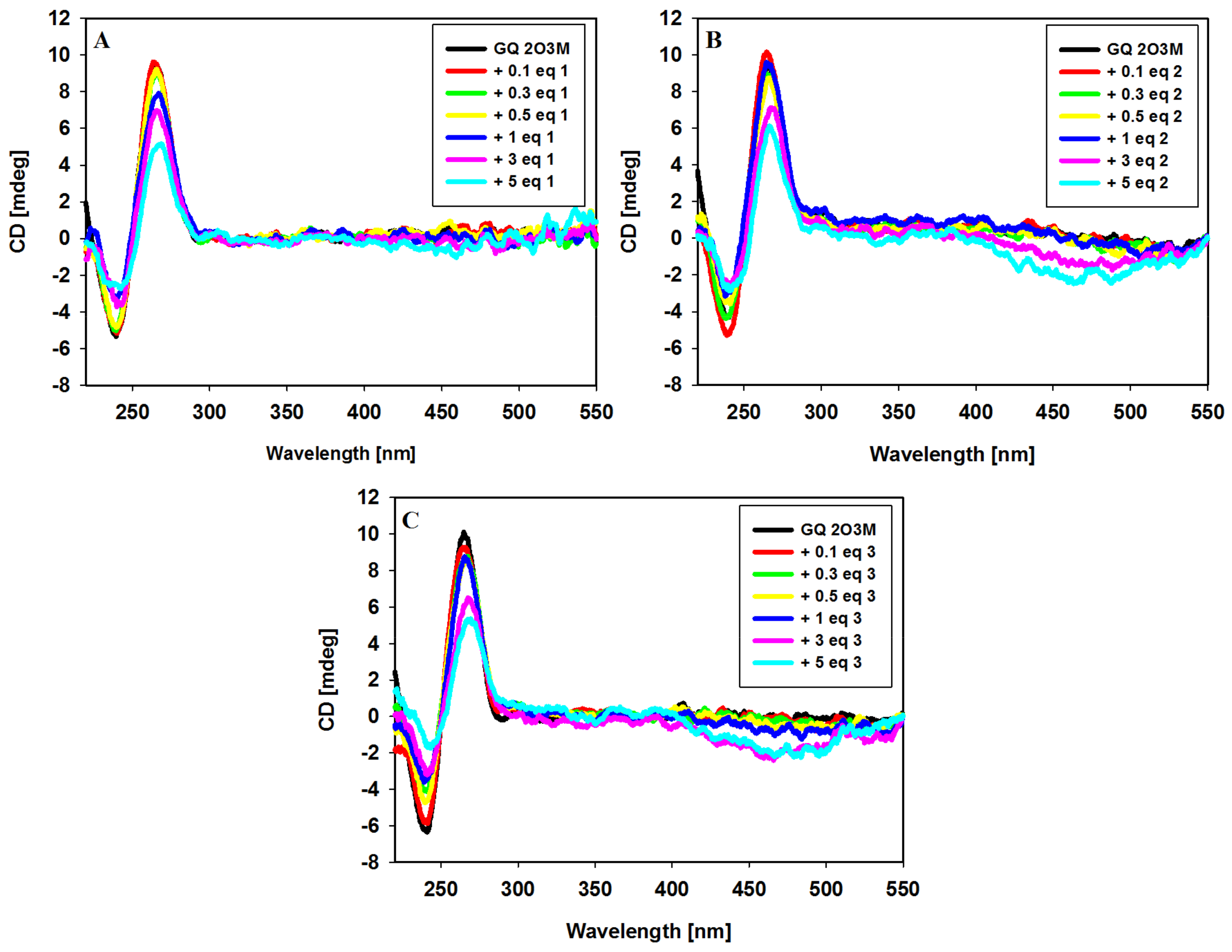

Such solvents essentially involve one or more distillations for removal of volatile impurities followed by filtration for removal of solid suspended impurities that may be present.Ĭharacteristic properties of HPLC grade solvents Purity HPLC grade solvents are manufactured specially for majority of HPLC grade separations. Critical considerations need thorough evaluation before selection of solvents to make up the mobile phase.

HPLC analysis requires use of highest purity grade solvents keeping in mind cost and availability considerations. Solvents are available commercially under different purity grades for meeting different analysis requirements. Solvents play an important role as components of mobile phase and help in transport of injected sample to the detector after passing through the separation column. label details on HPLC grade solvent bottle However, high reliability on results can be placed only if high purity grade materials are used in addition to adherence to regular calibration and maintenance schedules. The area of applications is increasing by the day as is evidenced by journals and publications on the subject. (Increasing the percentage of acetonitrile shifts the equilibrium below to the left.HPLC has established itself as a versatile analysis technique in research, industrial and commercial testing laboratories. Consequently, the changes in the spectra are thought to be caused by the dissociation of TFA. No irregular fluctuations of the baseline could be observed, as shown in Fig. Then performed gradient elution, increasing the concentration of Liquid B from 0 to 70 %. 6, the spectrum of this buffer solution is almost identical to water). Instead of water, we used 0.1 M phosphoric acid (sodium) buffer solution (pH 2.1) containing dissolved TFA as the solvent for Liquid A.

As an experiment, we maintained the dissociation state of the TFA as constant as possible. So, why does the absorption spectrum change as the proportion of acetonitrile increases? Possible reasons are (1) it suppresses the dissociation of TFA and (2) a mutual interaction between TFA and acetonitrile. So, the baseline fluctuations during gradient elution described above do not result from the proportion of mixing of Liquid A and Liquid B, rather due to the changes in their spectra. Although they both contain the same concentration of TFA (0.01 M), the spectra differ considerably, as shown n Fig. Now, let's take a look at the spectra of Liquid A and Liquid B.


 0 kommentar(er)
0 kommentar(er)
